Hypodermic Needles
Hypodermic Needles, also referred to as Medical Needles, are used to inject medications for patient care or treatment. Choosing the Right Needle can be a daunting task because modern Hypodermic Needles come in many sizes and options, including PrecisionGlide, Sterile Hypodermic Needles, Thin Wall Needles, Insulin Needles, Pen Needles and Winged Needles.
Hypodermic Needles (see Anatomy of a Needle) are selected most often by the intended use or the injection type. The basic types of patient injections for patient care include intradermal injections, subcultaneous injections and intramuscular injections (see Selection Criteria). Important criteria for selecting the correct size include the gauge, the length and the type of syringe connection.
-
Cost-Effective
-
Highly Reviewed
BD Becton DickinsonBD Vacutainer Eclipse Blood Collection NeedleProduct Highlights
- Optional pre-attached tube holders
- One-handed activation
- Lowers the risk of needlestick injuries
- Clicks when needle is in place
-
Best in Class
BD Becton DickinsonBD Precision Glide General Use Hypodermic NeedlesProduct Highlights
- Single-use
- Variety of sizes and gauges
- Sterile and individually packaged
- Color-coded for easier work flow


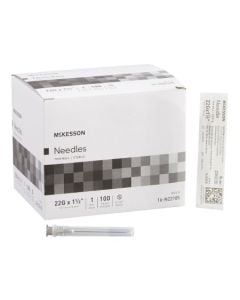
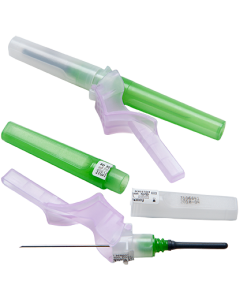

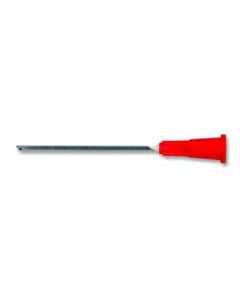


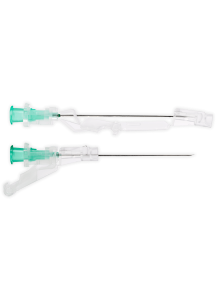

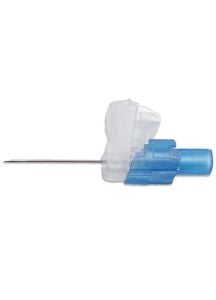
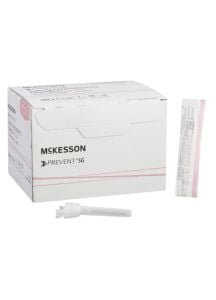
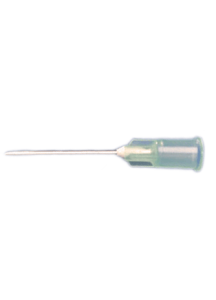
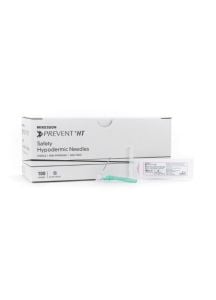
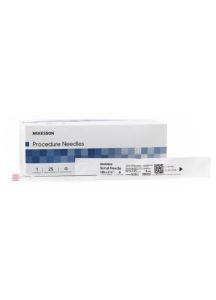
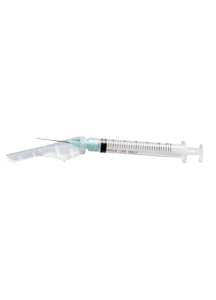
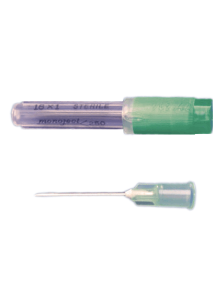
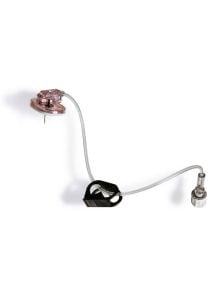
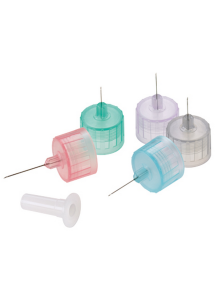
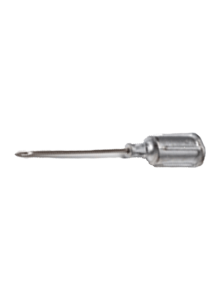

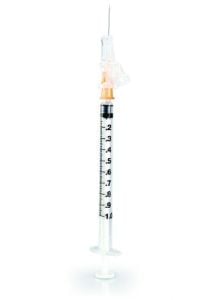
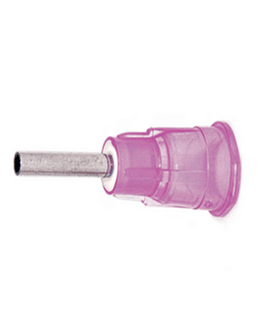
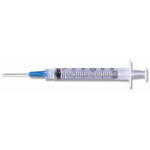
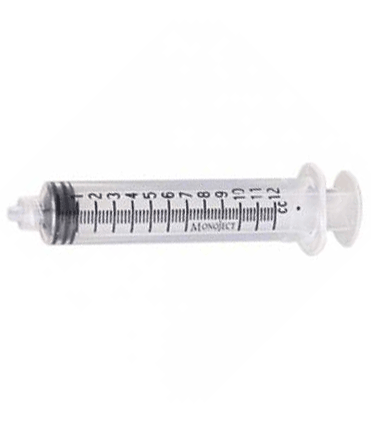
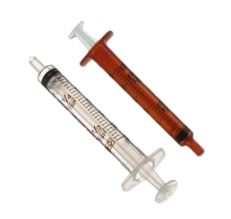
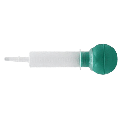
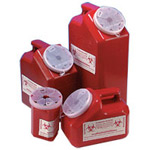
Login and Registration Form